PROJECT DESCRIPTION:
Project Description: This video conference will address water pollution and how we can help to prevent this growing problem on our planet. 40% of America's rivers and 46% of America's lakes are too polluted for fishing, swimming, or marine life. 1.2 trillion gallons of untreated sewage, storm water, and industrial waste are dumped into U.S. waters annually. Often mammals in our polluted waters suffer or are killed from ingesting plastic, oil spills, and limited oxygen due to an increase in bacteria.
This has been a growing problem in our world and many children need to become familiar with these issues early on, so they can be the next generation that will care for the planet and the life that lives under the sea. It is important for our society to understand that water pollution not only affects sea life, but human life as well. I think that this would be a great video conference for young children because they will get to experience learning about sea life and how they can be the heroes and leaders of this world. The video conference would be with Dr. Frances Gulland of The Marine Mammal Center located in California. She is the Senior Scientist at this nonprofit veterinary research hospital and educational center. They rescue and rehabilitate sick and injured marine life due to harmful global issues such as water pollution. I think that the children would be excited because they are able to speak with someone on the other side of the country about a passionate topic. Dr. Frances Gulland could show the children some pictures of the animals she has saved and also the animals in their current care during the video conference.
I would first introduce this lesson by having a short introductory video about water pollution and how it affects sea life. I would then have a large clear tupperware full of water displayed in the front of the class, along with different types of waste such as plastic, food, empty juice boxes, banana peels, paper, etc. I would put each item in the water one by one and let the children observe what happens to the water when I do this. I would ask the children to compare the water before and after the garbage was put in by making a list of the different qualities they each had. I think this is a very concrete way for them to understand the importance of keeping our waters clean for sea life, as well as ourselves. I would also create a library of water pollution books at centers for children to read throughout the week. I would then have the children brainstorm a variety of questions in small groups as to how water pollution can affect sea life or why water pollution happens -anything that they would like to learn from Dr. Gulland. I would gather these questions together to use for the video conference and give each child an opportunity to ask their questions to our guest speaker.
After the video conference, I would once again have the children form into small groups and think of ways that they would be able to help get rid of water pollution. We would discuss these ideas as a class, and come up with more ideas as a large group. I would then have my students design posters in the computer lab to make the rest of the school aware of the harmful affects of water pollution and how we can help. These posters would be posted around the school for all to see. These posters would also be an assessment of what they learned in this lesson. One of the ways that the children could help is by explaining the importance of recycling. They could tell their friends and other teachers in the building that there should be a recycling trash can for every classroom. I would also propose a trip to a nearby beach to have children and their families gather garbage on the beach and recycle the waste they find. I think that the children would really enjoy this lesson because it is hands on, creative, technology-filled, informative, and will also give them a sense of leadership and responsibility. Water pollution is something that everyone needs to be aware of and we should all help to make our waters a beautiful and healthy place for sea life and ourselves.
The Marine Mammal Center - a short video of what the volunteers of this hospital do

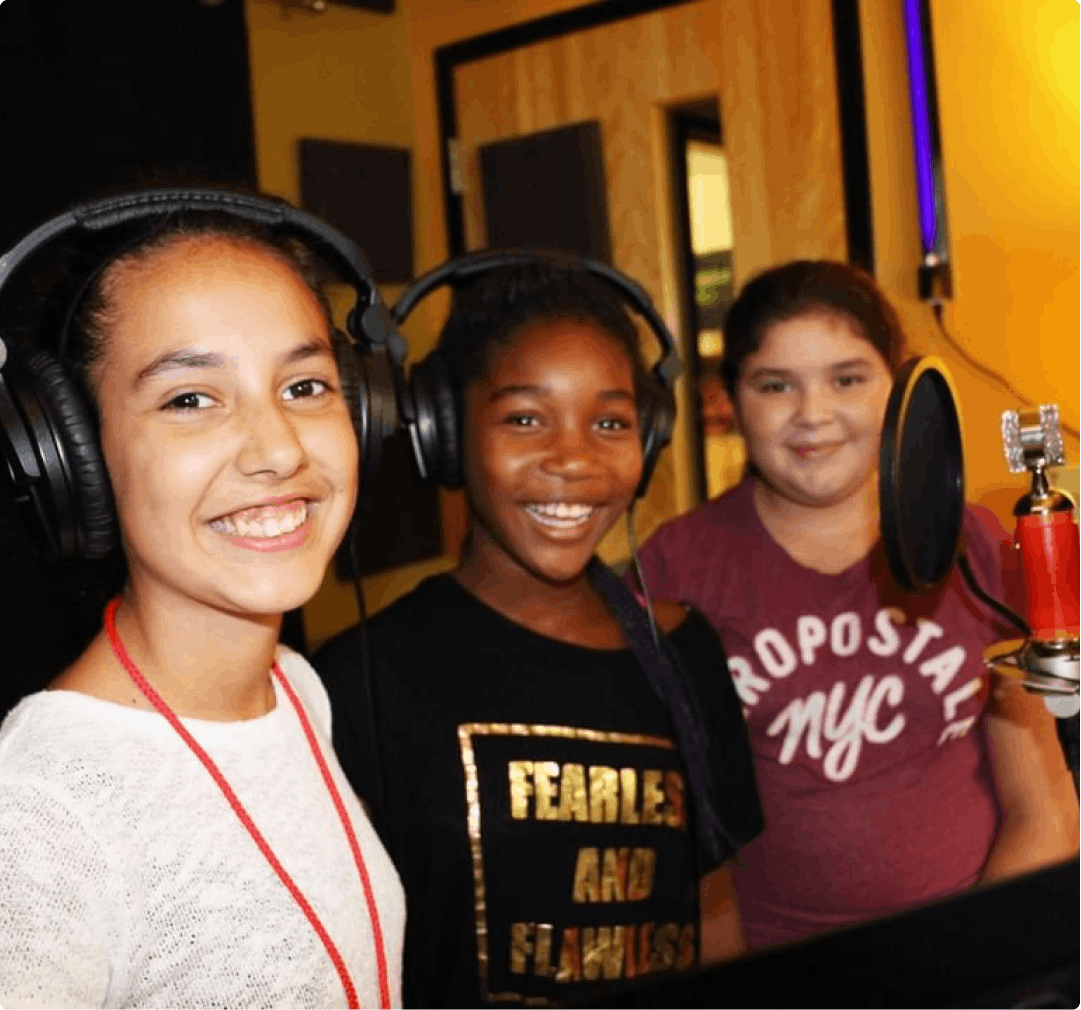
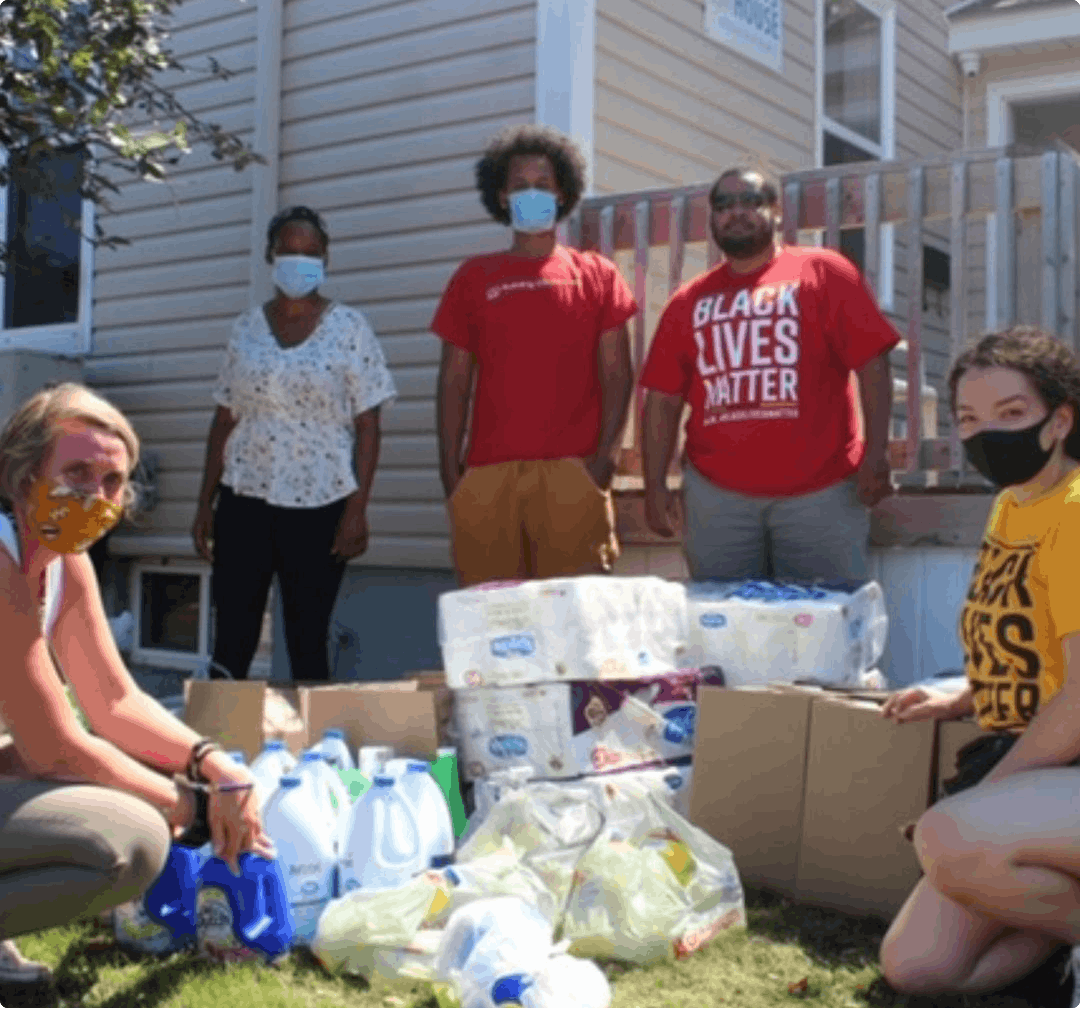
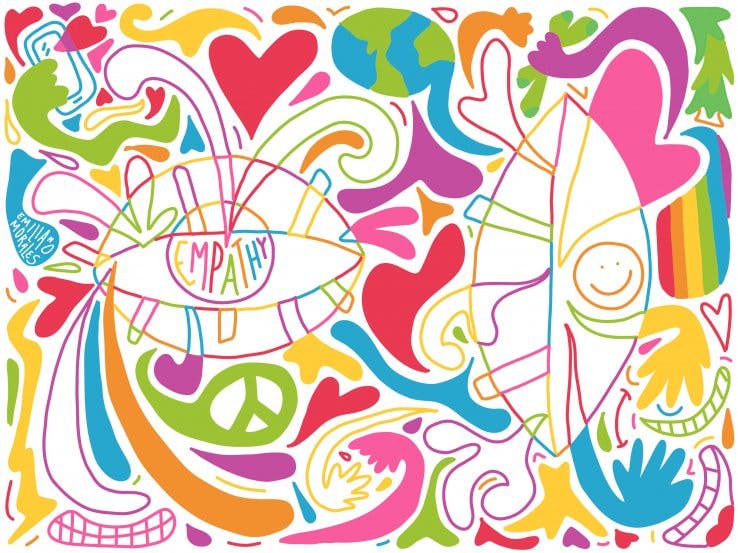
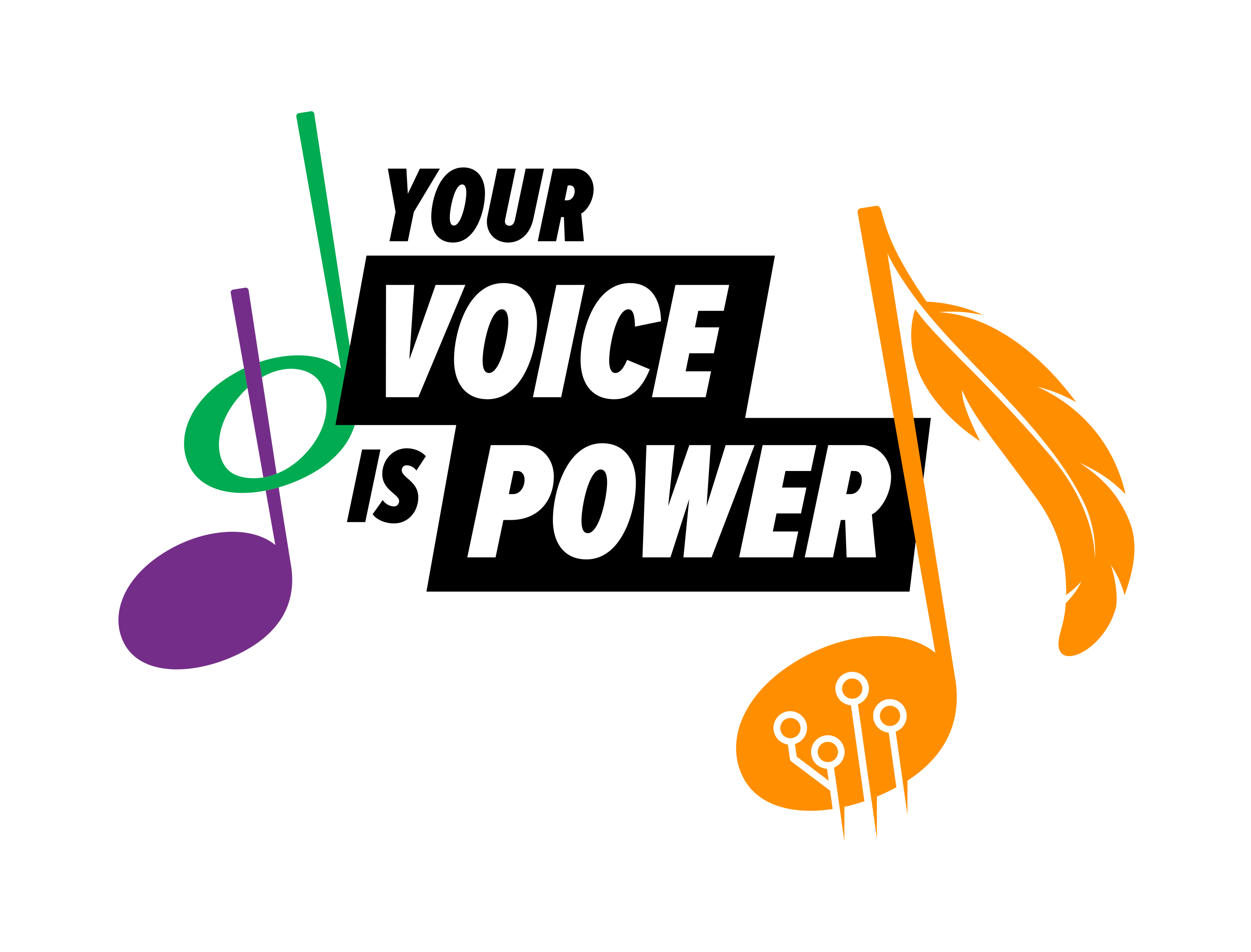
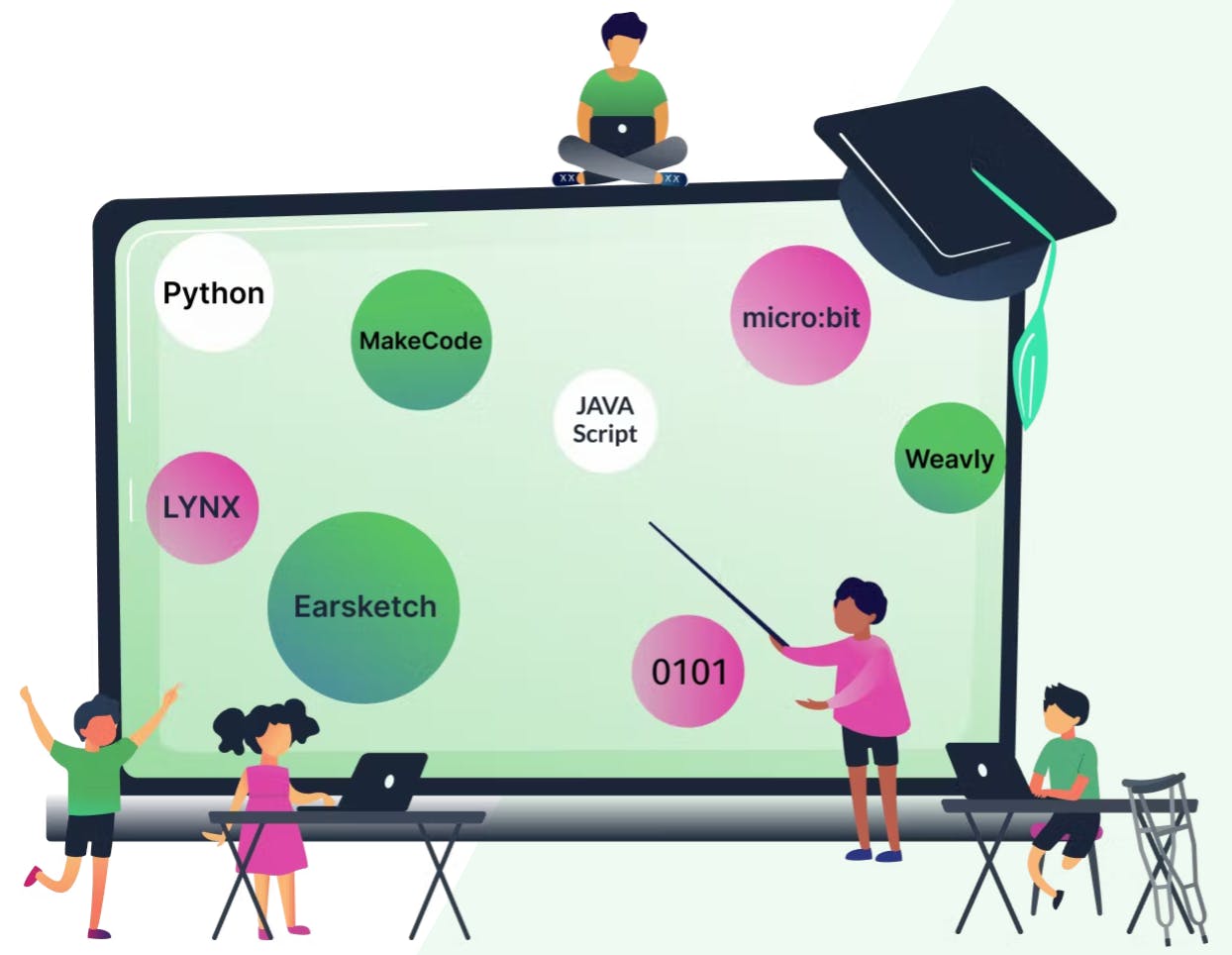

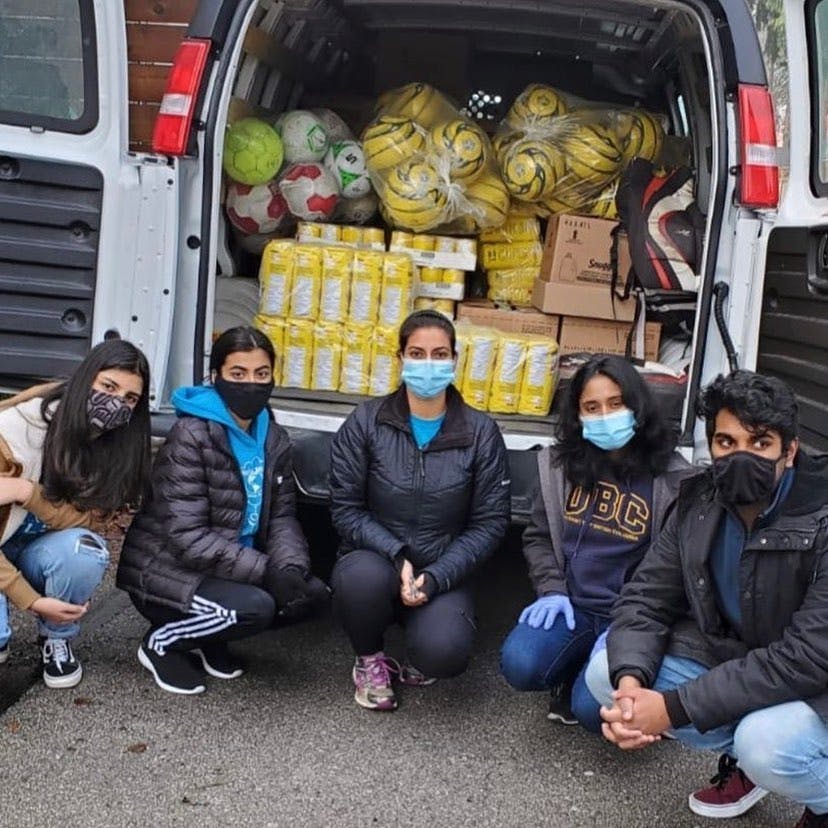

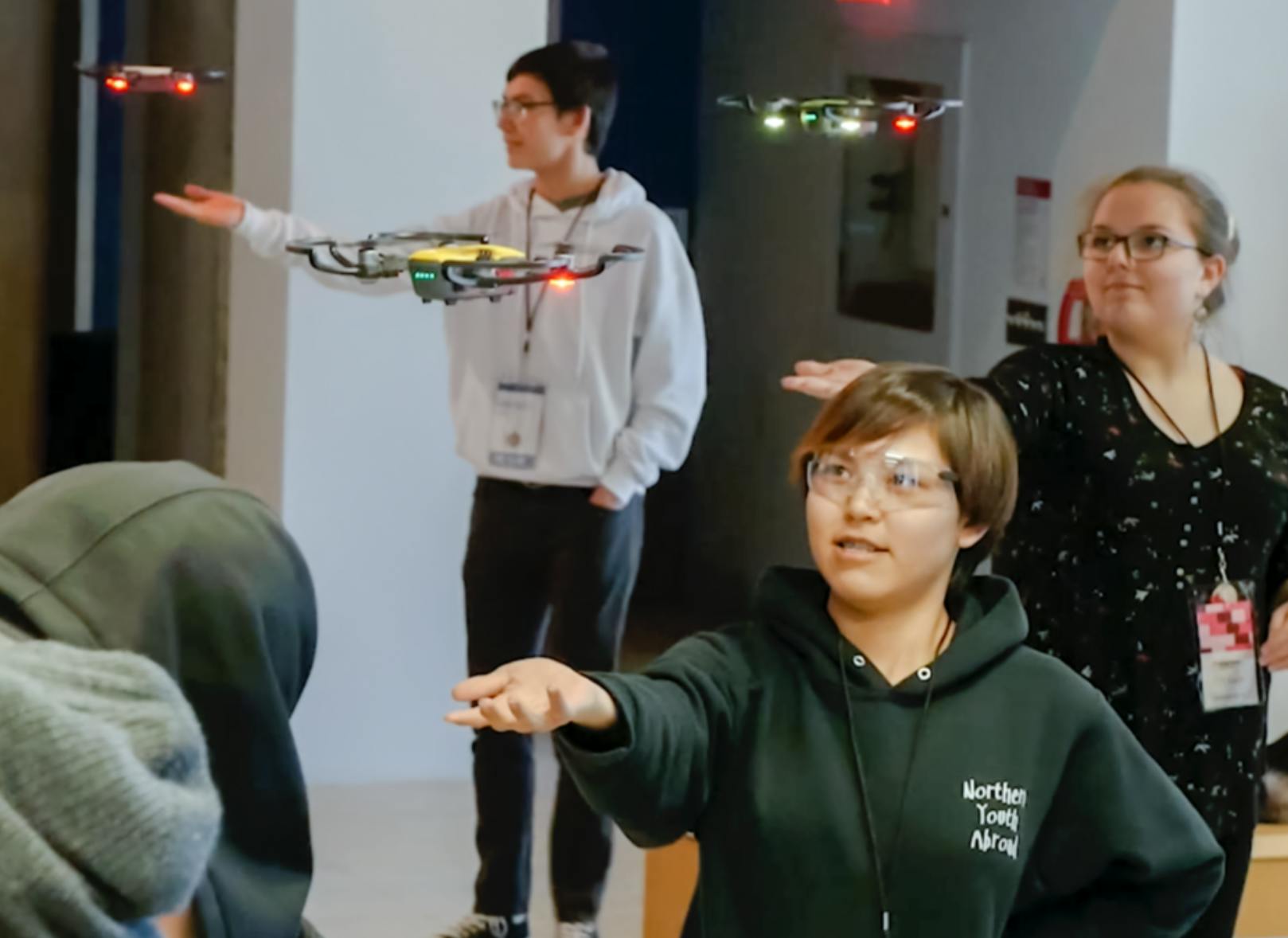
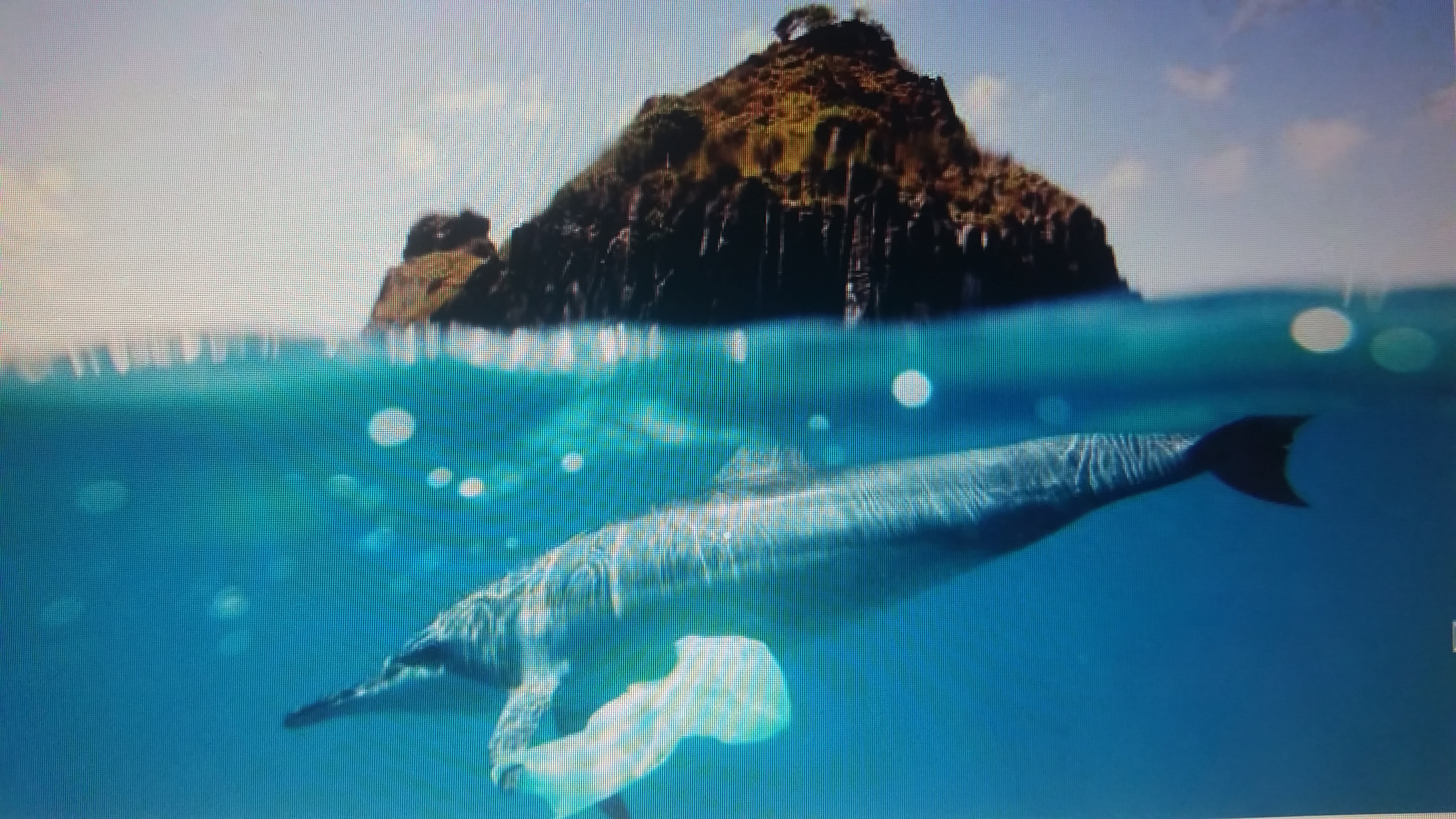
 Environmental Stewardship
Environmental Stewardship Global Citizenship
Global Citizenship Student Voice
Student Voice